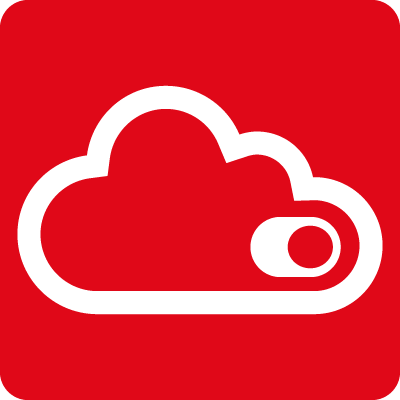IoT Proxy Layer
The Proxy Layer is a middleware component that sits between Salesforce and external IoT systems (like Azure IoT). It enables seamless access to live machine data, router states, external files, and rule-based monitoring — all controlled from Salesforce with no extra user effort or visibility into back-end systems.
This enables Salesforce to behave like a native IoT platform — without directly exposing itself to the risks and complexities of external systems.
Authentication & Permission Management
Objective:
Allow Salesforce users to access external services transparently, using their existing SF credentials.
Key Capabilities:
Salesforce token is used for all external service APIs
Permission model defined in Salesforce and passed downstream
External credentials (e.g., IXON) are securely stored and encrypted
Passwords/tokens are never sent to Salesforce
External credentials can be managed and created within SF
Full external access lifecycle managed from Salesforce
IoT Router Management
Objective:
Enable Salesforce to link and interact with IoT routers, mapping them to assets and retrieving router state info.
Key Capabilities:
Secure storage of 3rd-party IoT portal credentials
Router-to-Asset mapping (configurable location: SF or proxy service)
Ability to update or delete mappings
Router info retrieval:
Online state
Hardware & software version
Serial number
Configured telemetry keys
All access restricted by permissions
Telemetry Data Management
Objective:
Enable Salesforce to fetch and display live or historical telemetry data from machines, for real-time dashboards or analytics.
Key Capabilities:
Permissions enforced for all data requests
Live data request support
Historical data support:
Configurable time range
Downsampling to reduce payload
Optional aggregation functions (e.g., averages, min/max)
External File Management
Objective:
Allow Salesforce to store and manage files externally, reducing storage cost and improving flexibility.
Key Capabilities:
Secure file upload with metadata
Files accessible only with valid SF permissions
Retrieve/download files and their metadata
Central overview of all stored files
Files stored once, supporting references from multiple assets or cases
Rules Engine for Telemetry Data
Objective:
Allow Salesforce to apply rule-based logic on incoming telemetry data — to power condition monitoring, alerts, and automation.
Key Capabilities:
Real-time telemetry analysis in the proxy layer
Custom rules (e.g. thresholds, anomaly detection)
Full control and permission enforcement from Salesforce
As we said, the IoT Integration delivers the functionality (What? → telemetry, control, monitoring).
And the Proxy Layer delivers the infrastructure (How? → secure, compliant, scalable) — making sure this integration is secure, scalable, compliant, and user-friendly.
Connection of IoT Integration and Proxy Layer
IoT Integration | Role of the Proxy Layer |
|---|---|
Needs access to routers, telemetry, and live data | Proxy provides secure API access to third-party systems |
Salesforce requests live or historical telemetry | Proxy fetches data, applies permissions, and delivers results |
Salesforce initiates remote device commands | Proxy transmits commands via IXON or other IoT backend systems |
Salesforce avoids file storage for cost and size | Proxy manages external file storage and metadata access |
Access must be seamless and login-free | Proxy uses Salesforce tokens for authentication |
Sensitive credentials shouldn’t live inside SF | Proxy securely stores and encrypts them independently |
